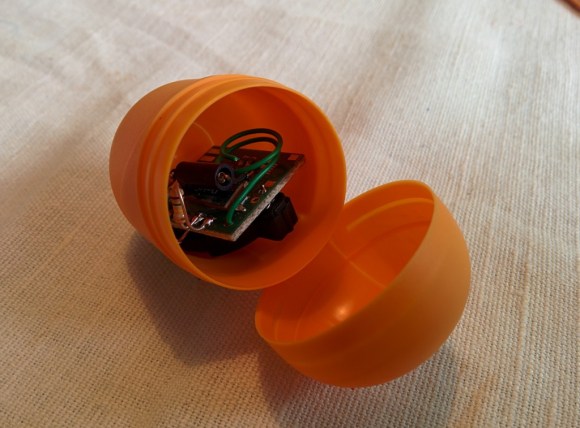
When [Eloi] was home for Christmas, he faced one of the most difficult problems man has ever faced: his entire family, equipped with smartphones and laptops, siphoning all the Internet through a 1Mb/s connection. For any technically minded person, the fix for this problem is to limit the bandwith for all those Facebook and Twitter-heads, while leaving [Eloi]’s battlestation unaffected. [Eloi] had originally set up the Linksys WAG200G router in the family home a few years ago but had since forgotten the overly complex admin password. No worries, then, because apparently the WAG200G is open as wide as a barn door with a completely undocumented backdoor.
Without the password to the admin panel of the router, [Eloi] needed a way in. After pointing nmap at the router, he found an undocumented service running on port 32764. Googling this observation resulted in a lot of speculation, so the only option was to download the router’s firmware, look for the service, and figure out a way in.
[Eloi] eventually got a shell on the router and wrote a very short Python script to automate the process for all WAG200G routers. As for where this backdoor came from, it appears a SerComm device on the router is responsible. This means a whole bunch of routers with this specific SerComm module also have this backdoor, and we’d assume anything with a service running on port 32764 is suspect.
If you’re looking for a fix for this backdoor, your best bet is probably installing OpenWRT or Tomato. The OpenWAG200 project, an open firmware specifically designed for [Eloi]’s router, still has this vulnerability, though.
















